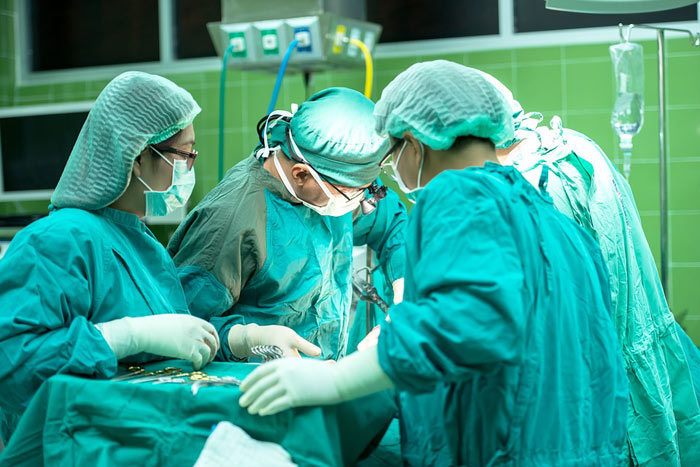No one has found the fountain of youth, but some people have found a really good plastic surgeon. A good surgeon will make subtle changes to your face that will take off 10+ years without changing how you look. Facelifts used to be deemed for the extremely rich or celebrity status person. Yet now, facelifts, the A-class of all facial enhancements, are done all the time by everyday women and men.

Facelift operations
There are around half a dozen different types of facelifts. An experienced facelift surgeon will tell you which one suits your age best. Face and neck lifts, for example, are suitable for older patients who have lost elasticity in those areas. Accordingly, each type will have its own downtime and complete recovery.
Facelifts used to consist of general anaesthesia, at least one overnight hospital stay, thick and large dressings, and an uncomfortable and long recovery period. While general anaesthesia is still of course used, local anaesthesia, administered Intravenous (IV) that gives the patient light sedation rather than the heavy sedation or general anaesthesia, might be used instead depending on the procedure. This means patients only have to stay under professional care for just a few hours. Dressings are light and drains may no longer be needed. Surgical drains are what remove fluids in the body after an operation. Doctors now will use advanced wound-healing technology that will help the downtime speed up.
Tightness
You can return to your normal life a week to two weeks after the surgery. During this time, the oft most thing you will notice is a feeling of tightness around the neck. While this could cause some soreness when swallowing, tight is good! The whole point of a facelift is to tighten your skin, so some extra soreness around the area will diminish in a few days. The same is true if you’re having problems turning your neck. You will also notice your chin area is not flat yet, but sort of concaved. All this is normal during the downtime.
Lumps and bumps
It’s not uncommon to have irregularities of the skin after the procedure because the operation deals with deep tissues, muscles, fats, etc. then the skin is re-draped over all that. This is bound to cause the swelling and bruising we see on patients. Again, this starts to diminish day after day.
Numbness and swelling
 These two symptoms happen, yet their duration will depend on the nature of the patient. Some patients just recover quicker. Numbness can happen because some of the smaller nerves need time to rewire themselves. Swelling is obvious, and especially around the ears where incisions are made. These factors are a normal part of recovery.
These two symptoms happen, yet their duration will depend on the nature of the patient. Some patients just recover quicker. Numbness can happen because some of the smaller nerves need time to rewire themselves. Swelling is obvious, and especially around the ears where incisions are made. These factors are a normal part of recovery.
Although the recovery isn’t very pretty, the results definitely are. Post-operation symptoms are all normal. If you follow the after-care instructions of a reputable doctor, your facelift will be one great investment. Remember that it’s always recommended to do it months in advance before any big event so that everything settles down nicely, and then you can show off your younger looking face.










